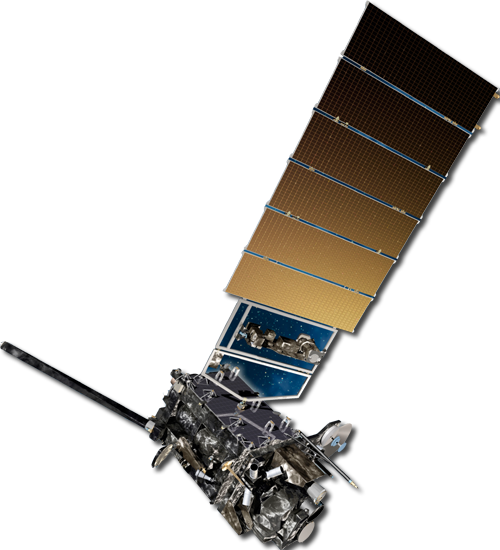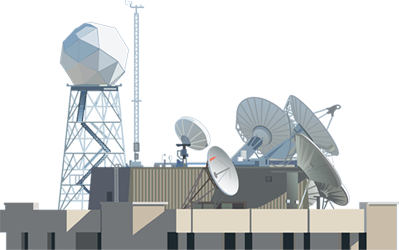The Electromagnetic Radiation

Summary
Radiation detected by the satellite is comprised of both terrestrial and atmospheric
sources. As with all energy, radiation can change form, but it must be conserved. When
radiation interacts with an object it can either be absorbed, reflected, or transmitted.
The atmosphere is nearly transparent to visible radiation but acts as a very effective
absorber of heat energy. Clouds are good reflectors of visible light, but how much
depends upon the thickness and height of the cloud.
Satellite sensors are designed to be particularly
sensitive to those wavelengths of radiant energy that can be reflected or emitted back
up through the atmosphere to space. By using the laws of radiation to calibrate radiometers
and interpret details displayed on satellite images, scientists can measure the height,
temperature, moisture content (and more) about nearly every feature of the earth’s
atmosphere, hydrosphere, lithosphere, and biosphere.
| 7 / 7 | Next Module |





